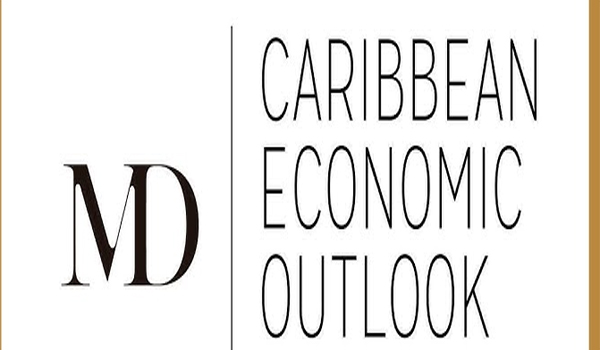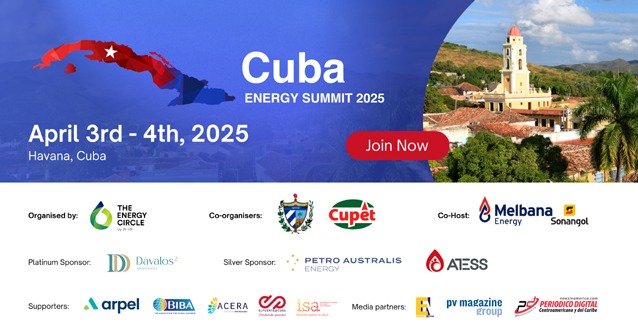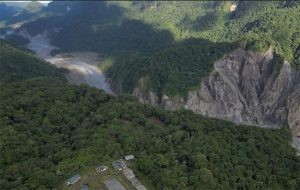
Marla Dukharan
PORT SPAIN
EnergiesNet.com 03 31 2023
Is Tourism a net benefit to the people of the Caribbean, or to tourists?
The region’s stopover tourist arrival recovery after the Global Financial Crisis was mixed — Jamaica and Dominican Republic recovered in 2009, Aruba and St. Lucia in 2010, Cayman and Belize in 2011, Curaçao in 2012, Anguilla in 2013, Montserrat and Grenada in 2014, Barbados and the Bahamas in 2015, Antigua and Barbuda in 2016, Bermuda in 2017, St. Vincent and the Grenadines and Dominica in 2019, and St. Kitts and Nevis never fully recovered when the pandemic hit. Even though the tourism sector was the hardest hit globally by the pandemic, and one would therefore expect it to take the longest to recover, things are a bit different this time — the Dominican Republic and Curaçao already recovered their 2019 stopover arrival levels in 2022, Aruba, Jamaica, and the Bahamas and St. Lucia are expected to recover this year. In terms of their proportion of 2019 levels recovered, Grenada is currently around 82%, Belize 74%, Anguilla 72%, Dominica 68%, St. Kitts and Nevis 66%, St. Vincent and the Grenadines 65%, Barbados 64%, Cayman 57%, and Bermuda 54%.
But when we look at real economic recovery rates, the story is a bit different — the Dominican Republic and Belize recovered in 2021, the Cayman Islands and St. Vincent and the Grenadines recovered last year, Jamaica, Barbados and Aruba expected this year, T&T, St. Kitts and Nevis, Dominica, the Bahamas, Grenada and St. Lucia next year, Antigua and Barbuda in 2025, and the rest beyond 2027. This suggests a couple things — that, in general, there is some correlation between tourism and real GDP recovery, and the more diversified economies are recovering in real terms more quickly — with T&T being the notable exception.
In 2020–21 we were in the midst of an unfortunate natural experiment where we saw the lowest level of tourism arrivals perhaps ever, so people like me salivated over the prospect of finally being able to measure the total impact of tourism on our economies, from a jobs, net foreign exchange earnings, and net fiscal revenue perspective. Alas, it’s messier than I thought, and the data are not available. In the first place, despite the fact that the Caribbean Tourism Organization is largely Government (read taxpayer) funded, their statistics are behind a paywall. If the tourism sector can’t or won’t fund its own statistics, this is a red flag. Regionally, most balance of payments data are not adequately disaggregated to show tourism’s imports, even those they make directly (much less the indirect fuel and food imports sourced from local merchants). Fiscal numbers are also not disaggregated to show the amount of subsidies and concessions given, nor the total revenues and income from tourism.
| ON WHAT BASIS DO GOVERNMENTS SUBSIDIZE WHAT THEY DON’T MEASURE?
I believe that in many countries across the region, the tourism sector is a net drain on foreign exchange, especially in Barbados and the Bahamas, where there are foreign exchange controls which incentivize earners of USD to hold their revenue overseas, and only bring onshore that which they need to convert to pay local bills. Most countries in the region carry persistent current account deficits which are financed in the capital account largely via FDI and Government borrowing, which is another indication that the USD outflows outweigh the inflows from this sector. Bottom line, if the overall economy (as it should) generated enough USD to cover its imports, the current account would not be in chronic deficit, and Governments would only need to borrow USD for major infrastructural investment which has a high import component, and where such investment would support higher USD earnings to repay the debt. Governments would not need to borrow to defend the exchange rate, which they routinely do.
I also suspect that tourism may also constitute a net fiscal drain, as many Governments across the Caribbean give concessions and other incentives to the tourism sector, because it generates (largely low-wage) jobs and economic activity. But there isn’t adequate data to show the net fiscal impact either. Tourism, if done correctly, can be pro-progress, but I suspect it is currently pro-poverty, across much of the Caribbean, in its current configuration. One wonders if part of the reason for the missing data, is perhaps that the Governments prefer it this way? How can Governments justifiably continue to subsidize tourism without data to show its net contribution? Do these Governments, elected to make the lives of their people better, not understand that if it is in fact a net FX and/or fiscal drain, then tourism constitutes a transfer of wealth from Caribbean people to tourists?
READ: Caribbean Economic Report, March 2023
EnergiesNet.com 03 31 2023












